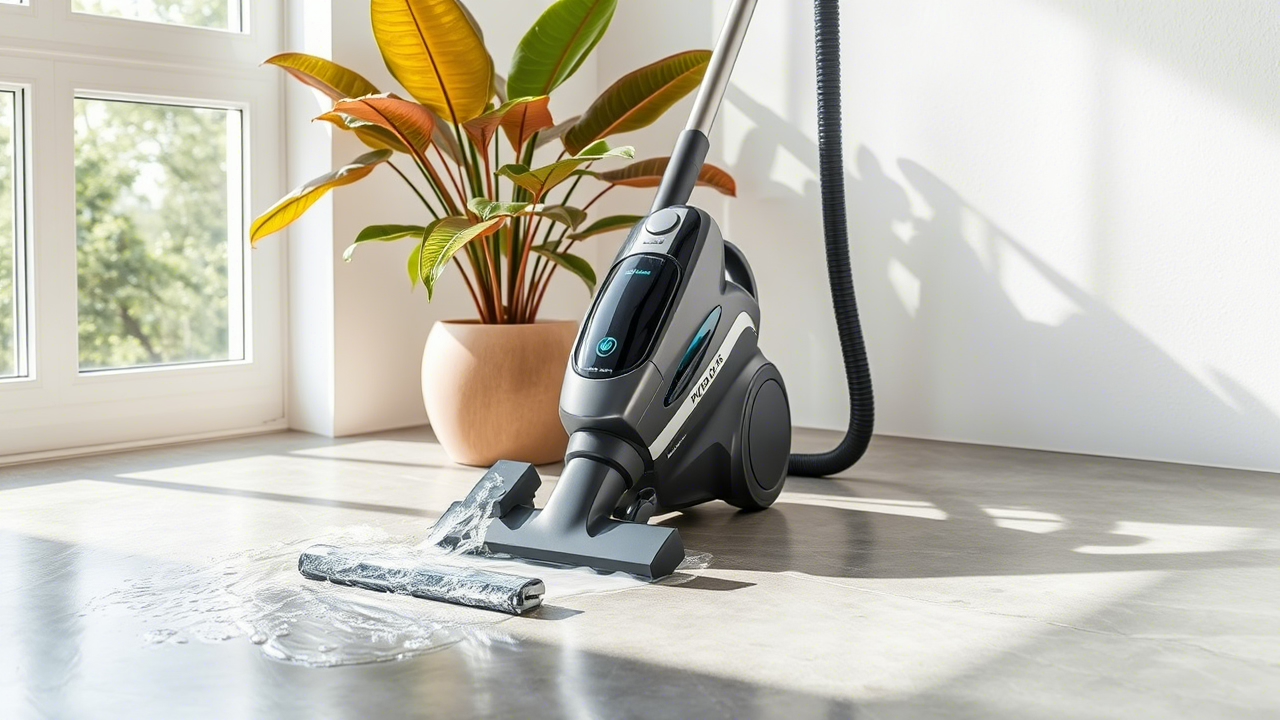Cleaning messes just got easier with wet and dry vacuums.
Whether it’s spilled juice or dusty corners, these machines handle it all.
This simple guide shares five easy steps to help you clean smarter and faster using a wet and dry vacuum—even if you’ve never used one before.
How to Use Wet and Dry Vacuums in 5 Easy Steps
1. Choose the Right Filter for the Job
Before switching on the vacuum, check that the correct filter is in place.
Use a foam filter for wet messes and a cartridge or paper filter for dry debris.
Using the wrong one could clog the machine or damage the motor.
Always read your manual to confirm compatibility before cleaning.
2. Clear the Area and Prepare the Machine
Remove larger items or sharp objects that might block the hose.
Attach the right nozzle—wide ones for floors, crevice tools for tight spots.
Empty the tank if it’s full and make sure all latches are sealed.
This preparation step ensures smooth and efficient vacuuming with less chance of interruption.
3. Start With Dry Vacuuming First
If you’re dealing with both dry and wet messes, always vacuum the dry dirt first.
Pick up crumbs, dust, or pet hair before handling any spills.
This keeps the machine cleaner and reduces filter wear.
Dry vacuuming first also helps prevent sludge buildup when wet and dry materials mix.
4. Switch to Wet Mode Safely
To clean wet spills, remove or switch out the dry filter if your model requires it, then attach the correct nozzle for liquid suction.
Always keep an eye on the fill line—most models shut off automatically when full, but it’s good to monitor.
Empty the tank promptly after vacuuming liquids.
5. Clean and Dry the Vacuum After Use
Once you’re done, rinse the tank, hose, and filters.
Let everything air dry fully before storing it to avoid mold or foul odors.
Wipe down the exterior with a damp cloth.
Regular maintenance like this keeps your vacuum running longer and ensures every clean is just as powerful.
FAQs
1. Can I vacuum both wet and dry messes without changing filters?
Some models allow it, but most require a filter swap to avoid damage.
Always check your manual to see what’s safe for your vacuum.
2. How often should I clean my wet and dry vacuum?
Clean it after every use, especially after picking up liquids.
This prevents odors and keeps the vacuum in good shape.
3. Are wet and dry vacuums safe to use on carpets?
Yes, but only in dry mode unless you’re cleaning up a wet spill.
Always test on a small patch first to ensure the material handles moisture well.
The Wind-Up
Using a wet and dry vacuum is simple when you follow the right steps.
From prepping filters to post-cleaning care, each part matters for best results.
Stay consistent with upkeep and enjoy cleaner floors every time.
Want more helpful cleaning tips?Visit our blog for weekly updates.
